A Chart of Plants That Are Compatible or Can Be Planted Next to Each Other
Have you ever been to organic gardening seminars, permaculture seminars, aquaponics seminar and the likes? Yes, there are those things here some are conducted free and some you have to pay much but it's worth it.
When I first came here, I just went on transforming our backyard from a normal garden to an almost mini- forest and just planted plants here and there. That's because in the Philippines, we had no gardening education and I just remember my grandparents sow seeds with me when I was young and they never mentioned about plants that could not go together.
Yes, there is such a thing even in nature. Plants won't bash each other nor fight though many scientific studies showed that plants send infrared visible signal when you pinch a leaf or cut one to any other plants similar to it. Whether plants bully each other or not I haven't heard of it but one things for sure - they're all quiet and just does what they need to do - grow and they sure do their best specially when you talk to them. Oh yes, I do that I sweet talk my plants specially the ones that look depressed.
On the other hand, it's not just plant care that's essential to encourage them to grow - gardening knowledge help a lot specially if you live in a place where I live - a zone in the EU where it's mostly wet than sunny. It's essential that you know what you're doing to avoid spread of plant diseases. One of the gardening knowledge is to know which plant goes with which plant and which ones do not.
I'm sharing you a chart based on my personal experiences and acquired knowledge from those seminars.
Here are a few reasons why it's important to have a chart like this specially if like me you are into organic gardening. That means - no spray nor pesticide and artificial fertilizers usage.
Some plants fight against pests and help another plant susceptible to any pest by serving as a distraction.
For example, Nasturtiums are prone to black aphids and so are cherries. I have managed to grow three cherry trees from seeds and on their first two years they were fine. For some reasons, some black ants the lenght of an adult's thumb became visible in our garden. I caught them carrying black aphids on the cherry trees. It got curly leaves and no amount of garlic + water + oil worked against those crawlers so I asked a friend of mine what to do. She gave me Nasturtium seeds and told me to plant them there. The black aphids moved to them so I propagated them and spread them near the apples, close to the fences where the apples are. They're not just handy for combating pests - those flowers are edible, too my hubby puts them on salads and his breakfasts.
This Foxglove was closed to a plum tree - because they attract black and green aphids which could attack the plum trees.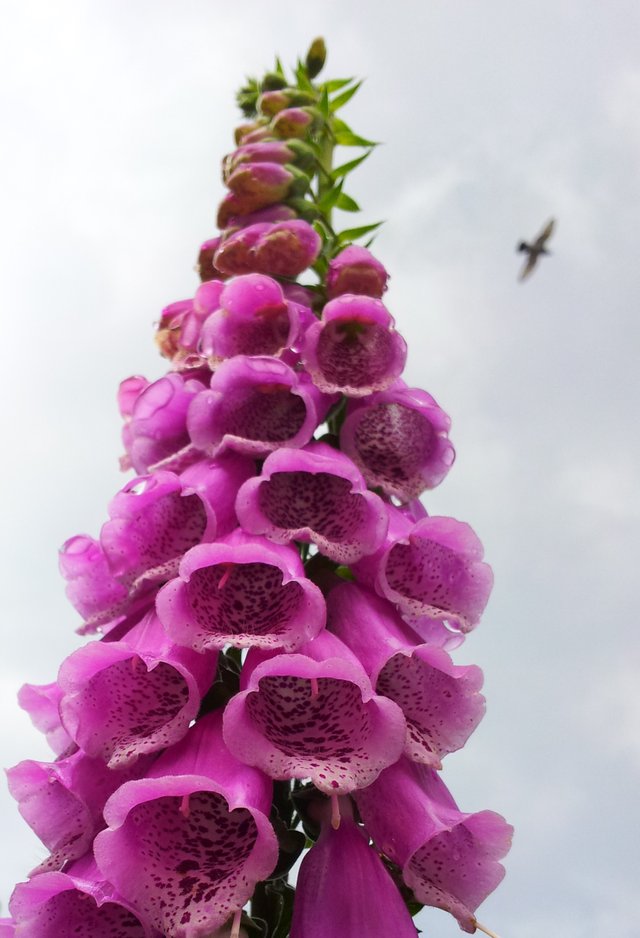
The Foxgloves, Dill and this Poppy could help any fruiting trees and plants that could be attacked by black and green aphids.
The dill attracts a lot of lady bugs and the lady bugs love to lay eggs on the dill and so on the Buddleja so I also transplanted my apples and cherry trees to the ground close to them.
I planted Calendulas in front of the entrance of the strawberry green house because the white flies hate the fume they emit. The white flies attacked my paprika, tomatoes, strawberries, jalapeno plants and many other plants so I planted a calendula close to those to drive the white flies away.
Some plants attract pollinators for your fruiting plants.
I planted the Iberis Pink Ice around the garden because the hover flies love them like they do the nasturtium. The hoverflies pollinate the most of the pumpkins and small flowering plants I have and they also eat the annoying aphids. Strawberries are a sure treat to other insects and so are Borages and many other flowering plants.
The knowledge about the combination of plants could help you decide where to put which plant and next to what the next year.
Beets, carrots and radishes won't suck the soil dry of nitrogen, calcium and phosphate compared to cabbage, lettuce, potatoes and tomatoes. If you plant all of those that consume much minerals from the soil in the same place every year, the ground would be exhausted and would no longer be fertile. A fertile soil would ensure proper plant growth and knowing this would help you decide where to plant which plant on which area of your garden. If you use a certain part of your garden to those that consume much soil nutrients last year make sure to plant the ones that don't on that section this year. It's called crop rotation.
Dandelions and Nettles help as mulch and are very good compost - just rid of the roots and make sure to dry the nettles to death so it won't regrow when you use it as mulch and compost. Why do you think I grow dandelions on pots? Not just for their flowers but also for their leaves because most of the plants I sow are soil nutrient suckers. The soil needs compost and natural fertilizers.
Some could help regulate the nitrogen in your soil that could help plants fight diseases.
If you are planting broccoli, carrots, anything from the cabbage family, cauliflower and other greens, plant beans next to them to regulate the nitrogen in the soil for those plants. Some weeds should also be allowed to grow in your garden because they don't just loosen the soil which help any plant absorb water easily but also provide food for the plant near it. Pear trees should have grass around them. Bermuda grass is easy to thin - I have them growing under my bolting pear trees. However, this year, the ice age feel seemed to have thinned them.
This poppy however, I let it thrive close to two of my plum trees not just to serve as distractions against aphids but also to help them regulate the nutrients in the soil. They could get invasive and you might want to thin them every year and move a few in pots.
Some of them could protect easily scorched veggie leaves.
Are you growing cucumber, lettuce and radishes? Yes, you can eat the radish leaves - if you dry it upside down in summer you can make what the Koreans call a side dish out of it as "Mulalenge" - salt brined and squeezed radish leaves marinated in sweet hot chili peppers which you could stock on like kimchi. Those three plants' leaves are pretty much easily scorched isn't it? Planting sunflowers beside them could give them the umbrella effect they need not to mention the beautiful flowers for you and the bees and seeds for your beloved birds in winter!
Some could act as signals to airborne diseases that could destroy your plants.
I learned when I visited a vineyard in Avignon France that Roses could actually signal whether there's a mildew that could hurt the grapes and which Rose to plant? The most fragrant - the yellow ones - that's two birds in one shot - pollinators and disease indicator.
I wrote this days ago and I wanted to leave the reasons without examples but since my post about the chart that shows which plants are not supposed to be planted next to each other did not gather much opinion on why - I've decided to add more information based on my experiences.
Only those who really read would probably give a shit but who cares - maybe we forgot why we came here for in the first place - it's not just Steem isn't it? -It's that - 'your voice could be heard" - well I'm into organic gardening and against franken food so I'm going to type my heart out here whales or no whales so there.
Yes, the chart is not complete but I would rather not write something that I just know about and did not experience - and what's true to what I witnessed take place in my garden could be different with yours so why don't you spill?
I believe that I'm not the only one who knows stuff about gardening so I left the previous gardening posts as they were.
Unfortunately, only three reacted to what I wrote and shared their knowledge I was hoping to have some sharing on your experiences on plants too and so hopefully this does it. If not - I tried.
So did you read on? Thank you .. care to answer a few of the questions below? I do hope you do.
Have you any experience or know how on plant combinations you could share below? Please do! I thirst such knowledge and would love to know more!
I took the pictures with my Samsung Galaxy Note 1 and A3 2016 edition.
Since you would want sources and I suggest you check and not just rely on my experiences cause you may be living in a place with a different weather condition more so insect here .. check this I collected them a while ago on the net.
Are you new in Steemit? Kindly read the Complete Steemit Etiquette Guide Revised Edition authored by @thecryptofiend to help us all get along well with each other. Have you been here for quite a long time? Read it, too ..it won't hurt being reminded. Thank you.
Here are my other gardening articles:
- A Chart of Incompatible Plants
- Ooopssss .. I Planted the Onions Close to the Radishes ! (panic)
- Even Gardening Doesn't Help ...
- Ceramic Garden Decors
- Where Would Avocado Seeds Germinate Faster - in Soil or in Water?
- What Makes Hydrangeas Turn Blue
- Am Blue
- Edible Allium Cepa
- An Open Notes Gardening Quiz on Some Flowers That Look Alike
- Echinacea
- Boraginaceae
- Borage ...
- How 'bout Having Some Love - In - A - Mist in Your Garden ?
- Pluck 'Em Not
- Grow Your Own Tropical Mangoes in Western Europe and Other Countries with Hard Winters
- Grow Your Own Citrus Plant in Pots in Your Own Backyard or Veranda and Even Indoors in Cold Countries
- How and Which Tropical Plants Can You Actually Grow in Cold Countries
- My Log in Growing My Own Moringa Plant Indoors in A Cold Country, Half a Year Later
- Garden Hacks : On Propagating Sweet Potato Plants
- Gardening Hacks : On Planting Tomatoes and Other Nightshade Plants
- Follow My Experiment Log on Planting Chestnuts and Walnuts From Seeds
- Gardening Hacks : Basic Tips in Growing Cacti Indoors
- Which Cactus Is This?
- Tips on Propagating Succulents Like Echeverias
- Flowers That Are Still In Bloom in Late Autumn, 2016
- Firethorns in Autumn
- Mispel or The Medlar Fruit
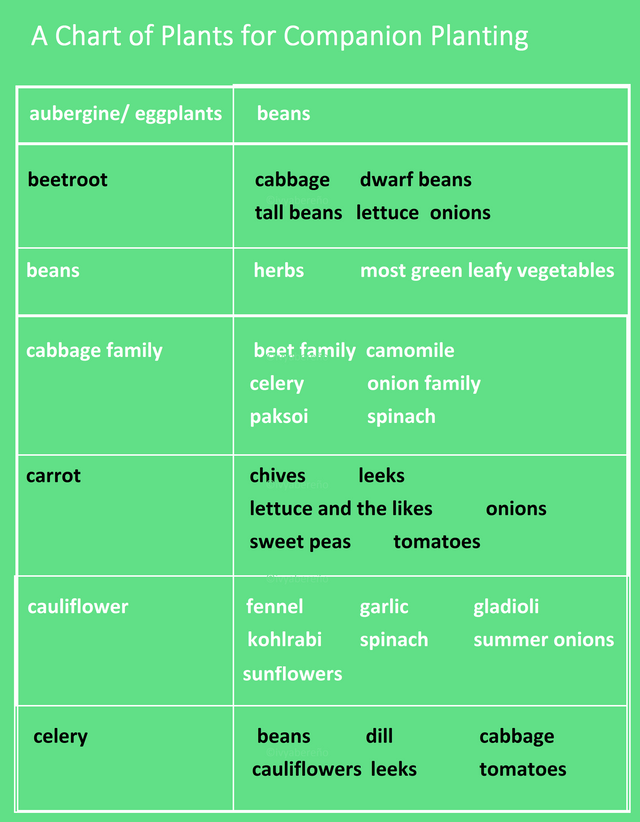
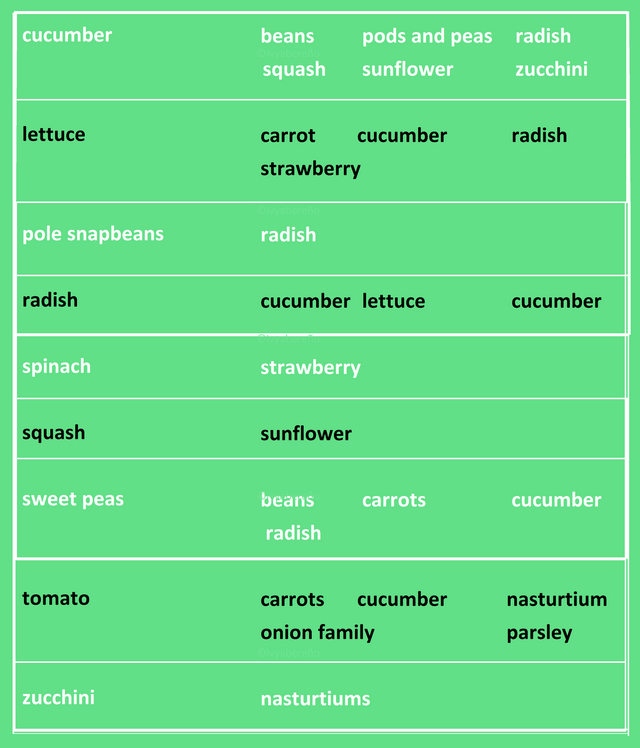
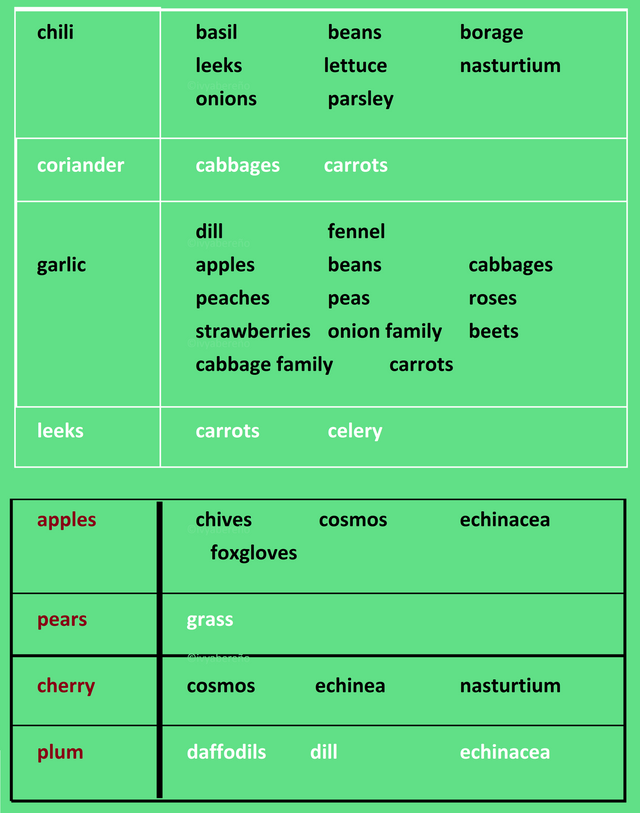
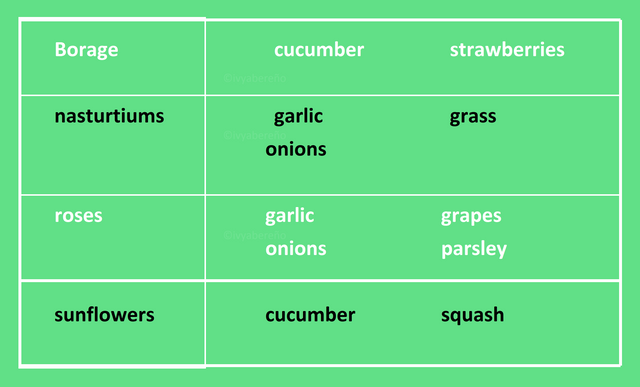
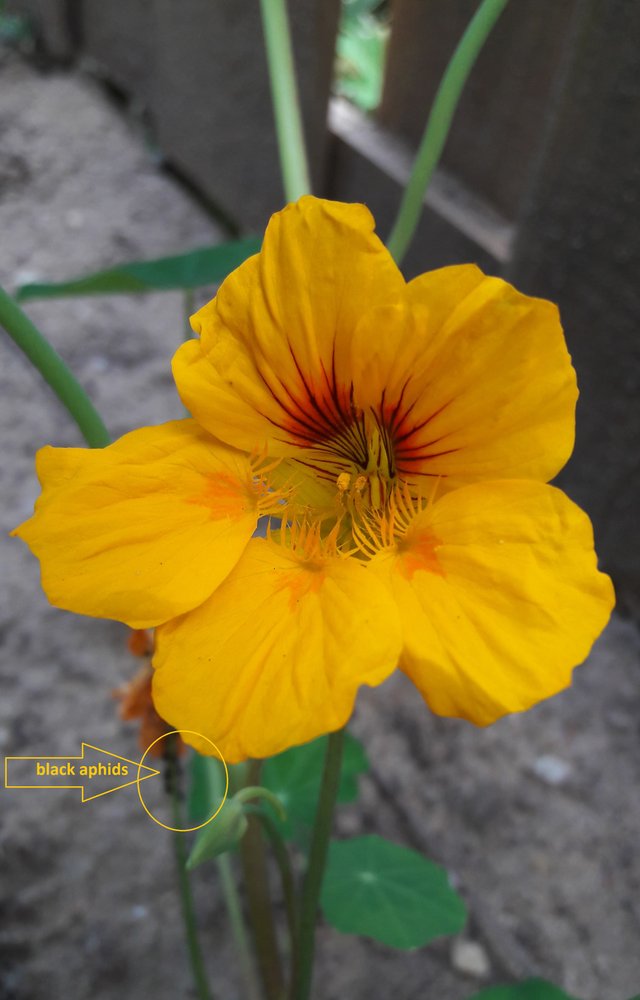
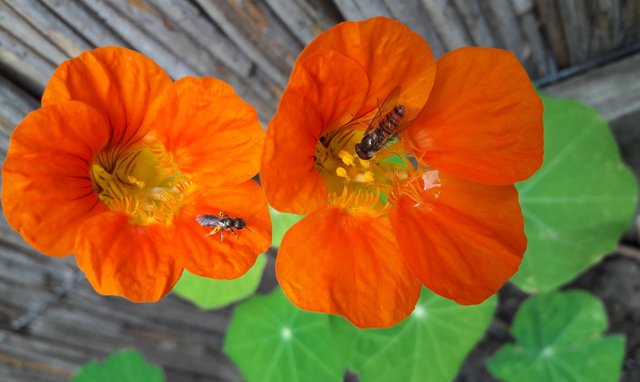
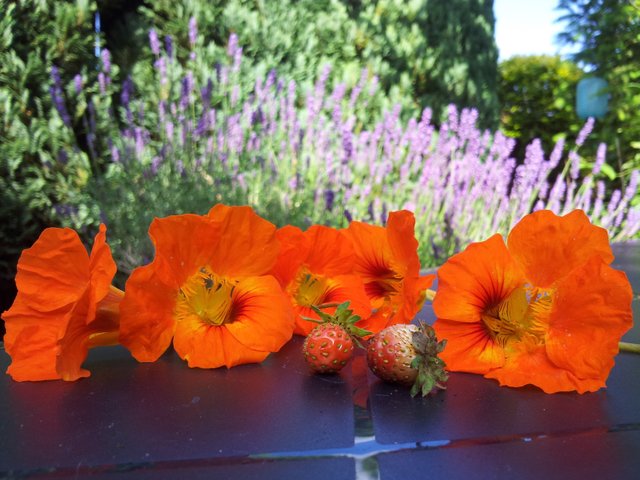
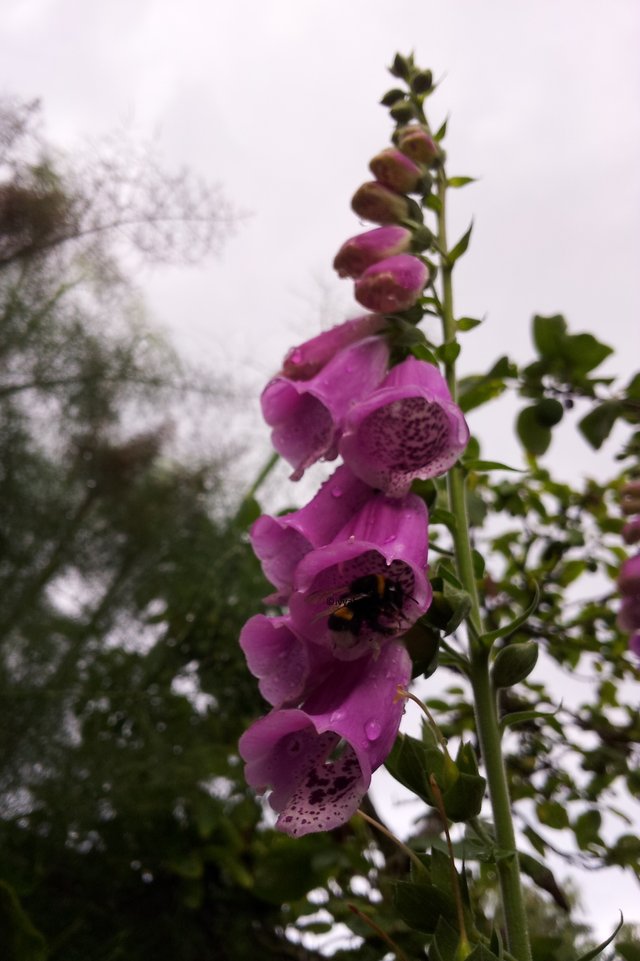
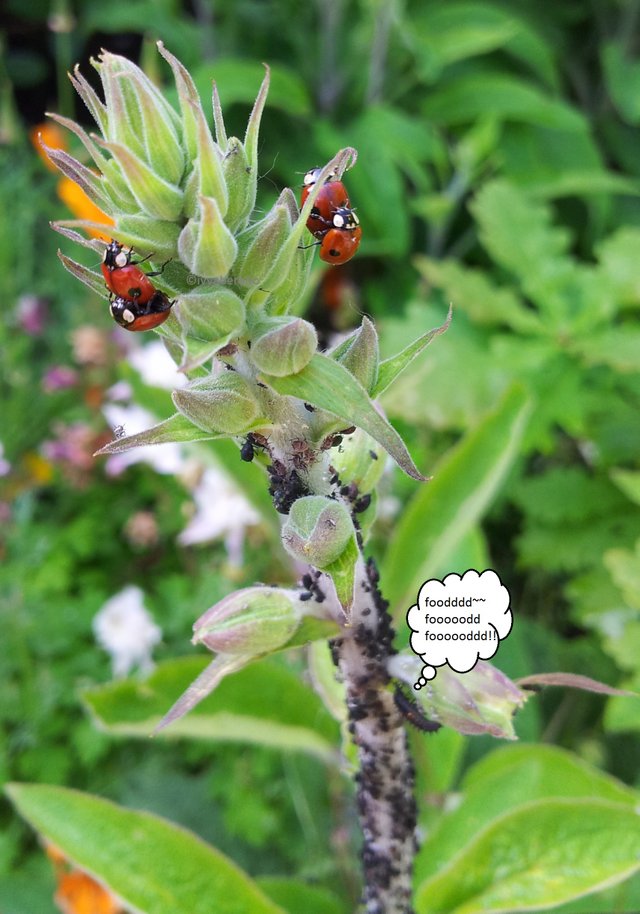
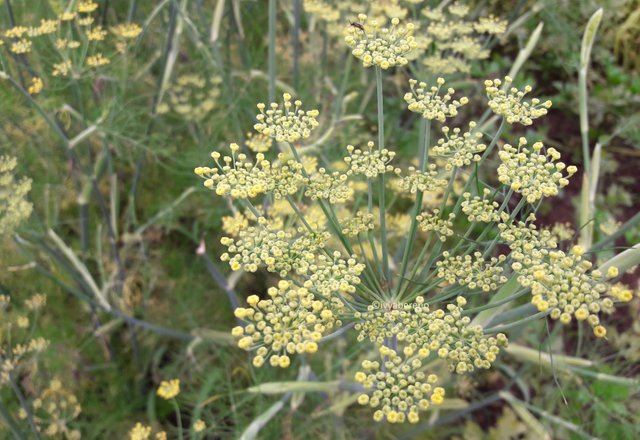
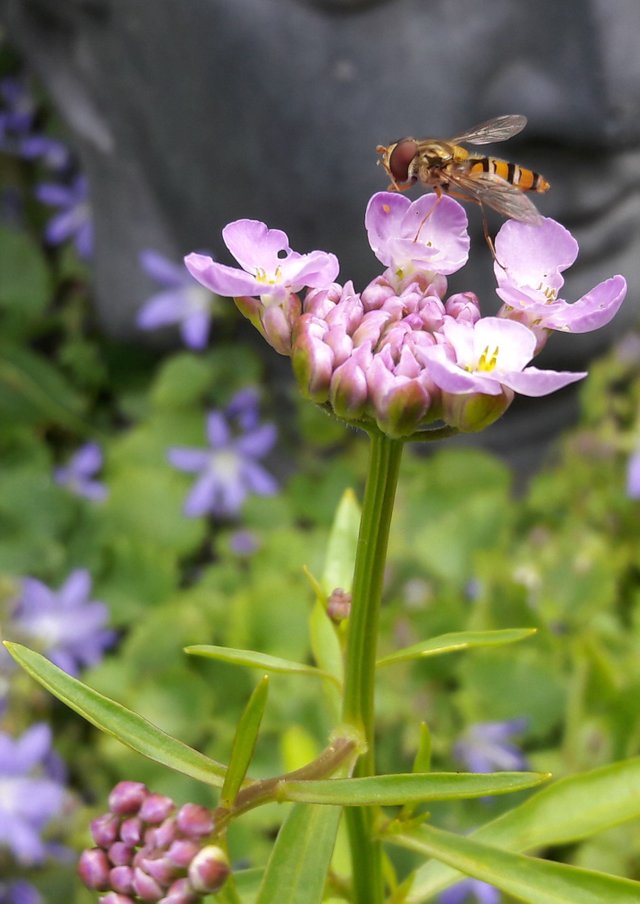
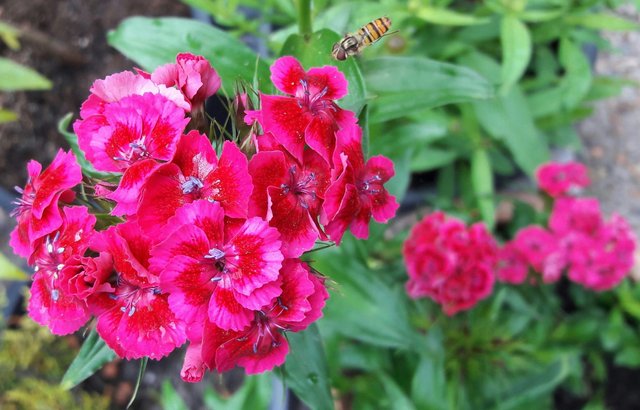
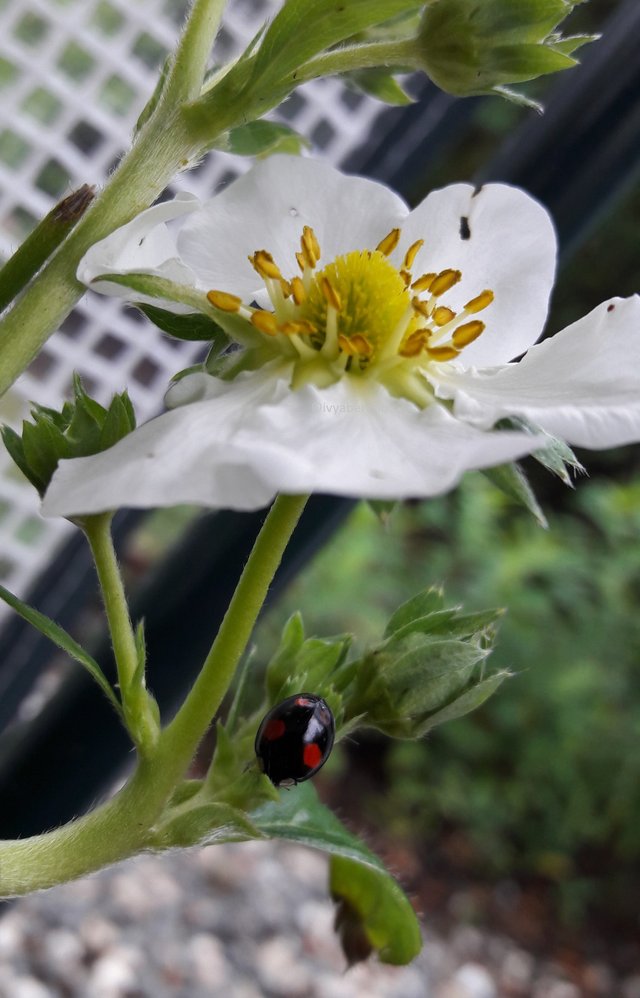
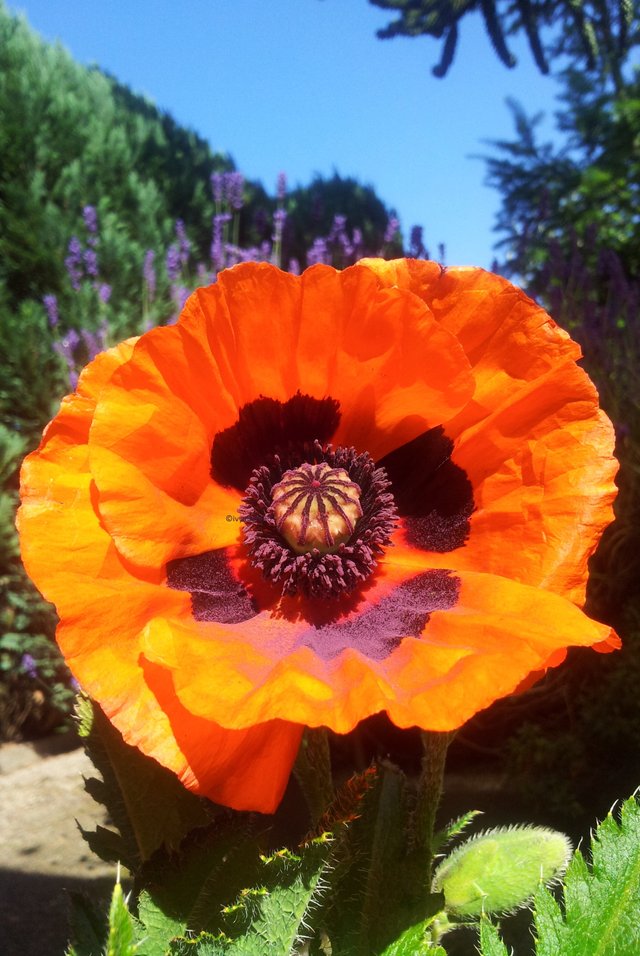
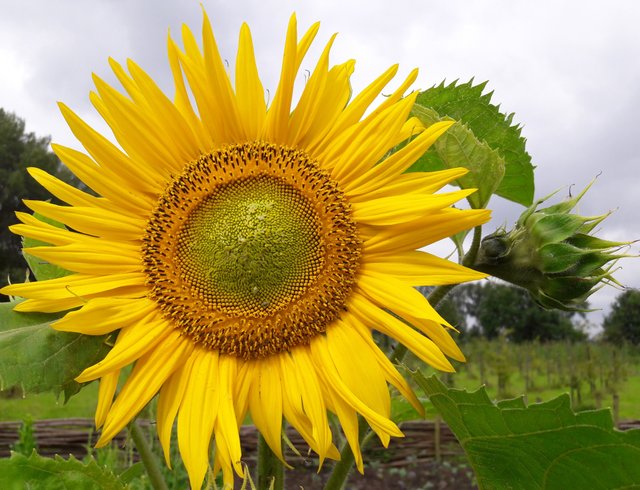
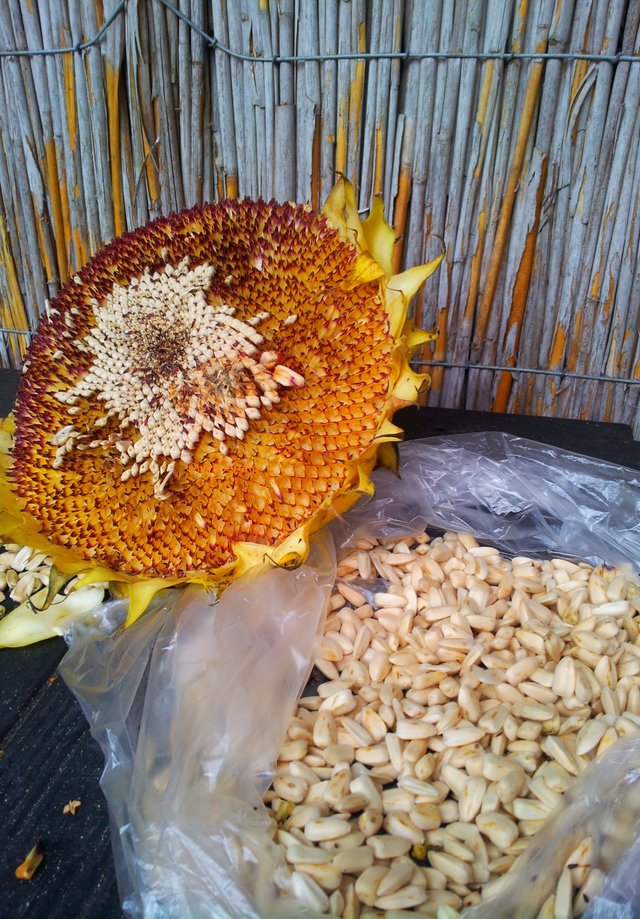
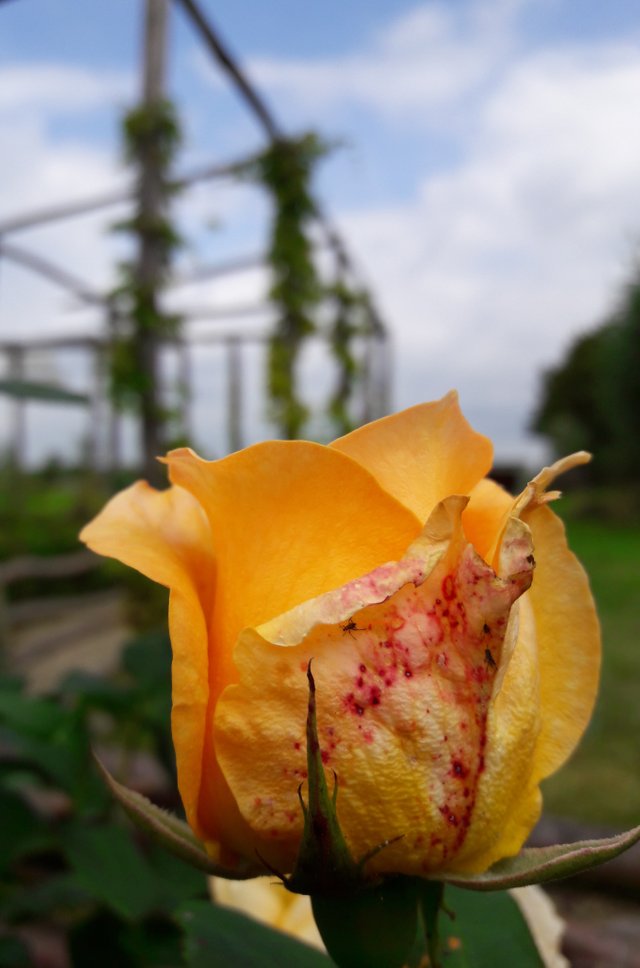
Lol, i give a shit!!! Hehe. I am definitely going to look out my notes from my course i did. Although to be honest it looks as if you have it all covered up there. There was a huge focus on which plants you could plant to attract pests away from your crops. I can't remember which ones i planted next to my carrots last year but it worked a treat.
That blooming wet climate is such a pain for growing things isn't it. The damp really encourages bad stuff.
Great piece, really comprehensive!!!
@meesterboom thanks for giving a shit wow you really read till the bottom THANK YOU!
No, I didn't share everything on purpose there's more. I left the herbs, onions, chives, leeks and garlic alone cause I'm thinking it's common. I don't have notes on the seminars - that time I had RSI so I just have to remember only the ones I eat and plants I have. In fact, my first tomatoes suffered from phytophora because of that - I let it grow in the rain - just found out it should grow with roof and shades here - last year and blogged about it here.
Yeah, i have the curse of being a reader!! You know that reminds me about a common thing i read when people talk about curating they often say no one has time to read everything they vote on i always think why yes, yes they do. They just choose not to!
It's always good to hold a bit back!
Like me when i am teaching the street kids knife skills. I don't let them know everything i do in case one of them gets any ideas about stealing my crown and becoming the new daddy. ;0)
@meesterboom am glad you are!
at least my effort is read :D
Thank you!
yes.. I always leave a few details to others - besides .. why should we call it a gardening community if only one knows it all? I don't have that mentality so I was hoping the others would spill but like you wrote - they just cast a vote okay thank you to that - asking for more might offend them so I'm happy :D
I know gardeners in my family refer to the book Carrots Love Tomatoes to double-check their garden layout plans. Your posts will doubtless be helpful, too. I will resteem them.
@jacobtothe Thank you very much!
is this your affiliate marketing link? :D
I clicked it :D
I didn't know there's such a book - oh that's 11 USD per book
Mine's for an upvote :D
Nope, just a generic Amazon link, unless it included the affiliate info from something else I clicked through at some point. I think my Amazon account is still set to contribute to Doctors Without Borders, but I also click links from other blogs and podcasts from time to time so there's no telling what it might be if there's an affiliate trail there.
@jacobtothe I see. Thanks a lot for sharing and for resteeming both of my chart posts! I appreciate that a lot!
Awesome post @englishtchrivy, very informative and the photos are great!
It's a really useful post! Compliments Ivy! (;
@lordemau Thank you!
(;
Beautiful!
@pharesim thank you!
Very useful info for gardening and great shots too!
Thanks for the great post and the chart of compatible plants, the photos are really beautiful. I love flowers and gardening.
thank you
same here